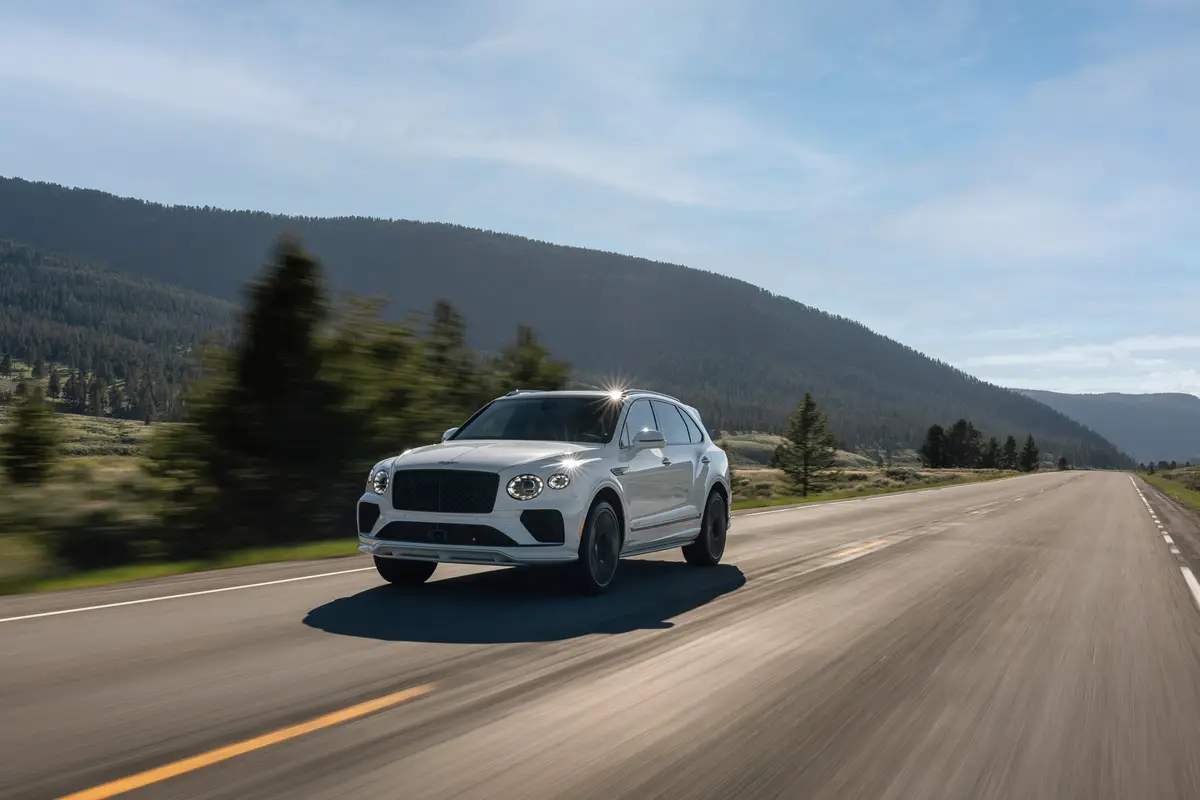The Morning Call and Mcall.com's view
The Peugeot is not exactly a cult car but, at times, it might as well be. This old French marque – Armand Peugeot built the first one back in 1889 – is still one of the least known of European cars, that is, to the general public. But, in this country, it started attracting its small but very loyal following back in 1957 when the 403 model was introduced.
Until recently, though, not much happened since that time. Peugeot kept building a quality car but, typical of French marketing techniques of the 1950s, ’60s and even ’70s, failed to inform anyone about it. There were ads in some of the auto enthusiasts and ”sophisticated” magazines but that was about it.
We can’t say this has all changed but Peugeot has been making a big effort to break into the lucrative European luxury/sports sedan market in this country. You may not see a Peugeot at every corner but there are more of them around and many more people now know how to pronounce it (PUH-JOH).
This wouldn’t be unusual if Peugeot were some small company cranking out a dozen cars a day but Peugeot is the seventh largest manufacturers of cars in the world and a company that makes such claims as being the first car to be sold commercially, having the first car with air-filled tires, the first station wagon, the world’s first car with ignition powered by battery, the first diesel-powered car and the first production car with independent front suspension.
Why aren’t there more Peugeots around? I’ve never been quite sure. Perhaps Peugeot should answer that question.
Which brings us to today’s test car – a 505STI sedan, the sportiest and most responsive handling of the 505 series. The test car (supplied by J.H. Bennett, Inc., 2300 Hanover Ave., Allentown) was a rich-looking car with all the right appointments and accessories which should be expected since Peugeot designed this car to compete with the more expensive German luxury/sport sedans andat a lower price.
The 505STI is not exactly what could be called a cheap car but, in its class, it can be considered fairly reasonable. That is, if you consider $17,000 fairly reasonable.
For $17,000 (actually $16,840 total price for the test car), the 505STI has such standard features as full leather upholstery, air conditioning, electric windows, electric sunroof, tachometer, central locking system, electrically-tuned AM/FM stereo cassette radio with graphic equalizer and power antenna, power brakes and steering, cruise control, special suspension and tires, limited-slip differential, rear window defogger and a bunch of other stuff. The only option on the test car was an automatic transmission (a five-speed manual is standard) an option I would have personally preferred to do without. The automatic added $370 to the price which, if anything, is reasonable. The only other charge was $295 for transportation and handling.
Before the down-sizing of Amer ican cars, the 505 would have been considered a small car but, by today’s standards, it falls somewhere in the middle. It has a wheelbase of 108 inches, overall length of 186.7 inches, width of 68.3 inches, height of 56.3 inches and curb weight of 3,075 pounds. A quick glance at these figures reveal the 505 has a long wheelbase for a car its size and is relatively heavy. These two factors account for a smooth and solid ride. Even the STI with its beefed up suspension and big tires had a very decent ride.
The interior, not surprisingly, was richly done and quite comfortable. The front seats are orthopedically designed for optimal support of the legs and back. The back seat is also comfortable and even features built in headrests. Back seat leg room is good for a car this size which is one of the benefits of the longer wheelbase. Adding a neat touch to the leather upholstery in the front seats are built-in heating elements that are thermostatically controlled to arm up the seats on cold winter mornings. Typical of French cars are the many storage compartments located throughout the interior.
The 505 STI has the familiar look of a European sport/luxury sedan, however, its front-end treatment is quite distinctive and gives the 505 its own individuality. In the middle of the egg crate-type grille is the Peugeot lion, a symbol of the company for many, many years. Like some other European cars, the 505 has been designed by the Italian designing house of Pininfarina.
Powering the STI is Peugeot’s tried and true 2-liter (120 cubic inches) four-cylinder engine which features hemispherical combustion chambers, fuel injection and is rated at 97 horsepower at 5,000 rpm and 116 foot pounds of torque at 3,500 rpm. The engine provides adequate, though far from blazing, power. The STI designation can be a bit confusing. At a quick glance, STI looks like it indicates a turbocharged engine and, with the optional turbodiesel engine, this is true. But the gasoline engine is naturally aspirated. Since Peugeot has a turbocharger for the diesel engine it probably will be adopted to the gasoline engine.
As things stand now, the STI is just a couple of horses away from sports sedan performance. The three-speed automatic works as well as it can but it has to compromise to try to make up for two other gears. The five-speed manual transmission would, of course, provide better performance.
The test car averaged 18 miles per gallon for city driving and 24 mpg over Lehigh Valley highways. Mileage is acceptable but nothing to get excited about. What is interesting, however, is the test car’s actual mileage came fairly close to the EPA figures (or as close as I’ve seen them come). EPA gives the automatic version 21 mpg city and 25 mpg highway. For comparison, the five-speed is rated at 22 mpg city/31 highway.
Although there are a number of four-door sedans today that are faster off the line than the 505 STI, there aren’t many that will out-handle it. This is where the STI is really outstanding. If you got the urge to move and groove, it will supply the means. The suspension is fully independent with anti-sway bars fore and aft, there is a variable power rack-and-pinion steering, disc brakes on all four-wheels and Peugeot’s own performance shock absorbers. Helping all of this are special light alloy wheels fitted with big, fat 190/ 65HR390 Michelin TRX radials. All together, an impressive suspension package.
Latest news



